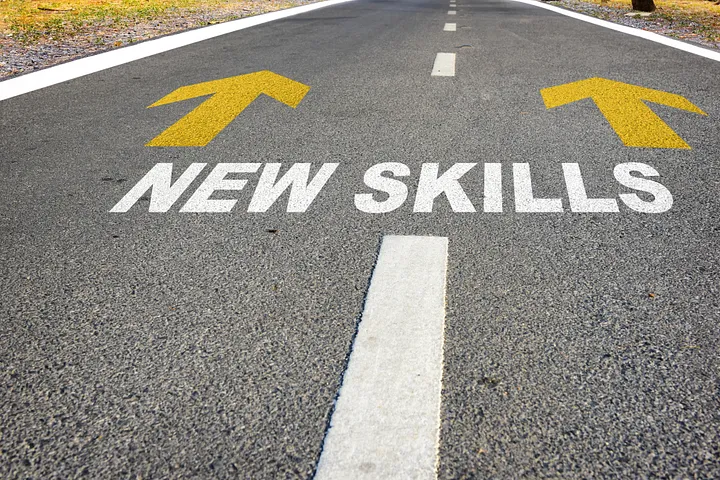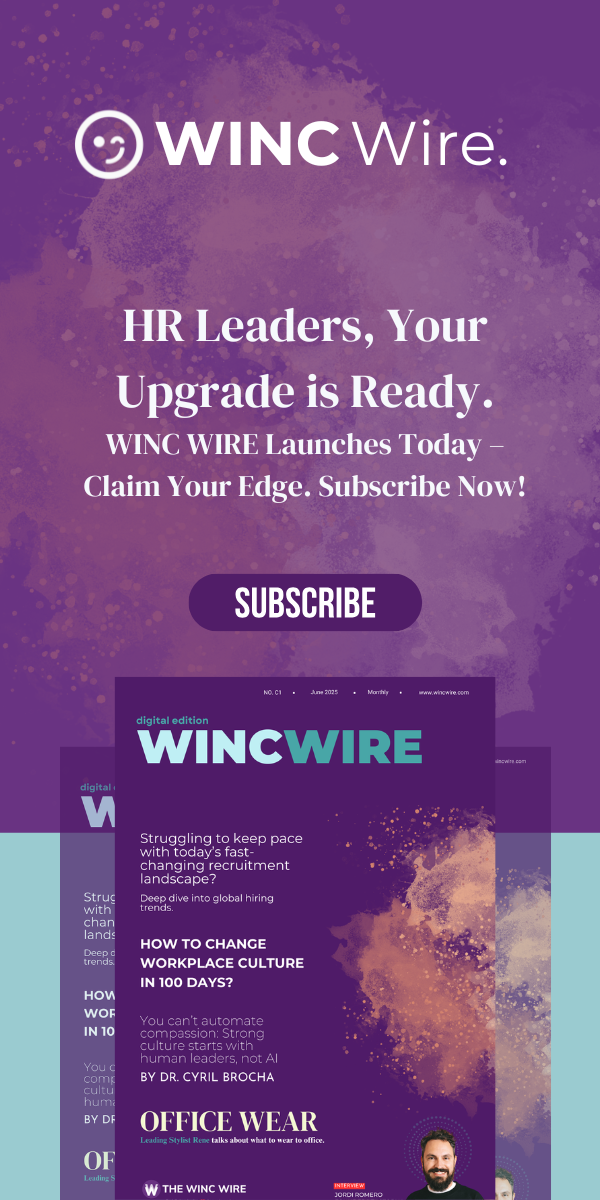In today’s dynamic world of work, employee development is no longer a corporate courtesy — it’s a competitive necessity. As industries transform under the weight of digital acceleration and shifting workforce expectations, how we nurture talent must evolve too.
At the heart of this transformation lies a powerful concept: the learning journey. Far from being a checklist of training modules, it represents a continuous, personal, and purpose-led expedition — one that fuels individual ambition while advancing organisational capability.
But what gives a learning journey its momentum? Why do so many traditional approaches stall at the starting line? Let’s unpack how to design development pathways that resonate, endure, and deliver measurable value.
What Is a Learning Journey?
Picture this: not a training session, but a narrative — a development arc with depth, direction, and purpose. A learning journey is a bespoke roadmap, guiding employees through stages of discovery, skill refinement, and personal mastery.
Unlike fragmented or transactional training, these journeys weave together structured learning, lived experience, and reflective practice. They are dynamic by design, uniquely attuned to the individual and aligned with broader business priorities.
Why the Traditional Approach Misses the Mark
Traditional training models, much like outdated maps, rarely take people where they need to go. Mandatory e-learning slides and generic compliance sessions often feel like detours — tedious, irrelevant, and quickly forgotten.
The issue isn’t just delivery — it’s philosophy. Legacy systems view learning as an event, not a process. But true development is continuous, situational, and deeply human. Employees today seek relevance, agency, and experiences that complement their career arc, not obstruct it.
To meet this demand, organisations must retire the cookie-cutter mould and craft learning solutions that feel as authentic as they are strategic.
Designing a Journey That Matters: A Practical Framework
Impactful learning journeys aren’t assembled overnight. They require thoughtful architecture, cultural buy-in, and a commitment to progress over convenience. Here’s how to lay the groundwork:
1. Start with the ‘Why’
Clarify intent before you build. Are you closing capability gaps? Cultivating future leaders? Shaping new cultural behaviours? Every aspect of the journey should align with a articulated purpose.
2. Understand the Learner
No two travellers start from the same point. Use skills audits, career mapping, and behavioural data to tailor the route. Learning journeys should speak to both the individual’s aspirations and the organisation’s strategic direction.
3. Blend the Experience
Learning is at its richest when it’s multifaceted. Combine:
- Digital modules for foundational knowledge
- In-person workshops to foster deep interaction
- Stretch assignments that encourage applied learning
- Mentoring circles that spark generational exchange
This blend ensures the learning landscape is immersive and adaptive.
4. Embed Learning in the Flow of Work
The most powerful lessons are often hidden in the work itself. Encourage cross-functional projects, feedback loops, and reflective debriefs. When learning becomes part of the day job, it stops being an interruption and starts being a culture.
5. Use Tech Intelligently
Leverage platforms that offer personalisation, gamification, and analytics. A mobile-first mindset ensures access meets the pace of modern life, and adaptive tools allow learners to chart their course.
6. Review and Iterate
Learning journeys are not linear. Track engagement, measure impact, and stay open to change. Invite feedback often — not just to improve content, but to refine the entire experience.
7. Recognise Progress
Momentum matters. Celebrate milestones — whether that’s mastering a new tool or completing a stretch project. Recognition builds belief, and belief drives continued growth.
Why Basic E-Learning Just Isn’t Enough
Tempting as it may be to lean on entry-level platforms, they rarely deliver meaningful impact. Here’s where they fall short:
- One-size-fits-all content: Misses personal relevance
- Minimal interactivity: Limits engagement and retention
- No peer learning: Ignores the social nature of development
- Static delivery formats: Disregards diverse preferences
- Lack of real-time feedback: Hinders meaningful reflection
- Siloed systems: Disconnect learning from wider workflows
- Rigid progression: Fails to adapt to individual performance
- Surface-level analytics: Limits insight into impact
- Accessibility gaps: Excludes on-the-go learners
- Absence of gamification/storytelling: Fails to capture imagination
These shortcomings aren’t just technical — they reflect a deeper misalignment between what learners need and what systems offer.
The Future Belongs to Continuous Development
Organisations that embed learning into the rhythm of work don’t just educate their teams — they energise them. These journeys cultivate agility, unlock creativity, and build resilience qualities essential for thriving in an ever-changing world.
They’re not just about equipping people for the present. They’re about sculpting future-ready organisations with cultures of excellence at their core.
A Shift in Mindset, Not Just in Strategy
At its heart, reimagining workplace learning is an act of leadership. It requires us to move from managing programmes to curating journeys — from compliance to curiosity.
When we treat development as a shared expedition, one where purpose, potential, and performance converge, we lay the foundation for lasting progress.
The map is in your hands. Now’s the time to chart the journey.
Stay in Touch — Let’s Build Better Workplaces, Together
If this message struck a chord, it’s only the beginning. Join me on LinkedIn for ongoing insight into how we can rehumanise leadership, reshape workplace culture, and embed learning as a daily act of growth.
Together, we can transform how work feels — one inspired journey at a time.





